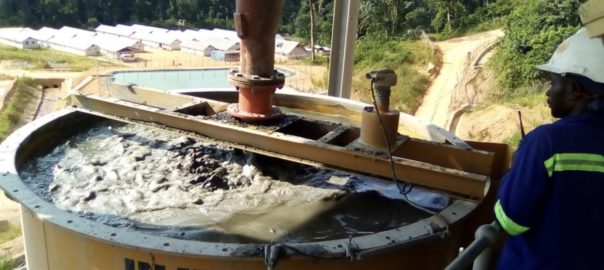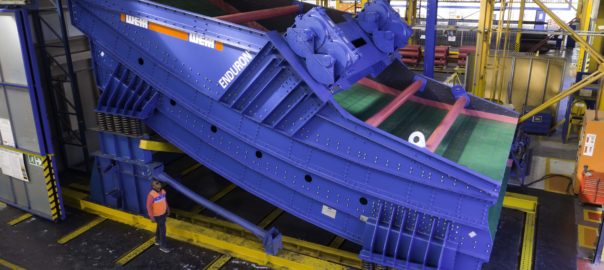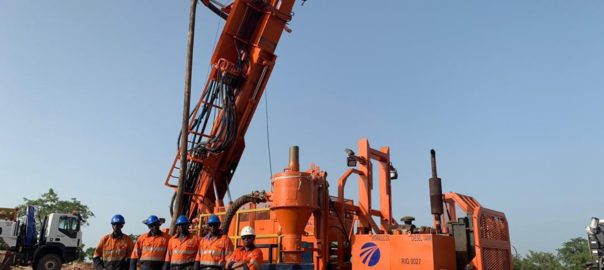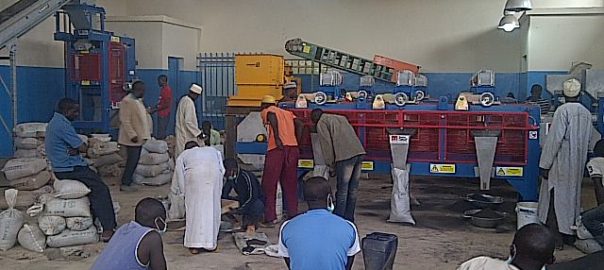Alphamin Resources has purchased a second IPJ2400 for tin recovery at the Bisie tin project in the Democratic Republic of the Congo, Gekko Systems says.
The purchase of a second Gekko InLine Pressure Jig (IPJ) unit follows good performance from the first IPJ installed at this site in 2018 (pictured).
In addition, the Ririwai tin project has purchased an IPJ1500 in Nigeria.
The IPJ is a continuous gravity separation device that rapidly and efficiently pre-concentrates high-value and high-density mineral particles such as tin, tantalum, sulphides and free gold, Gekko says.
With installations worldwide, the unit has multiple applications including assisting in gangue rejection and combining with flotation to recover coarse minerals at the plus-100 micron range. The IPJ has significant benefits such as low water consumption, low footprint, ease of operation and 30 years of operational history.











